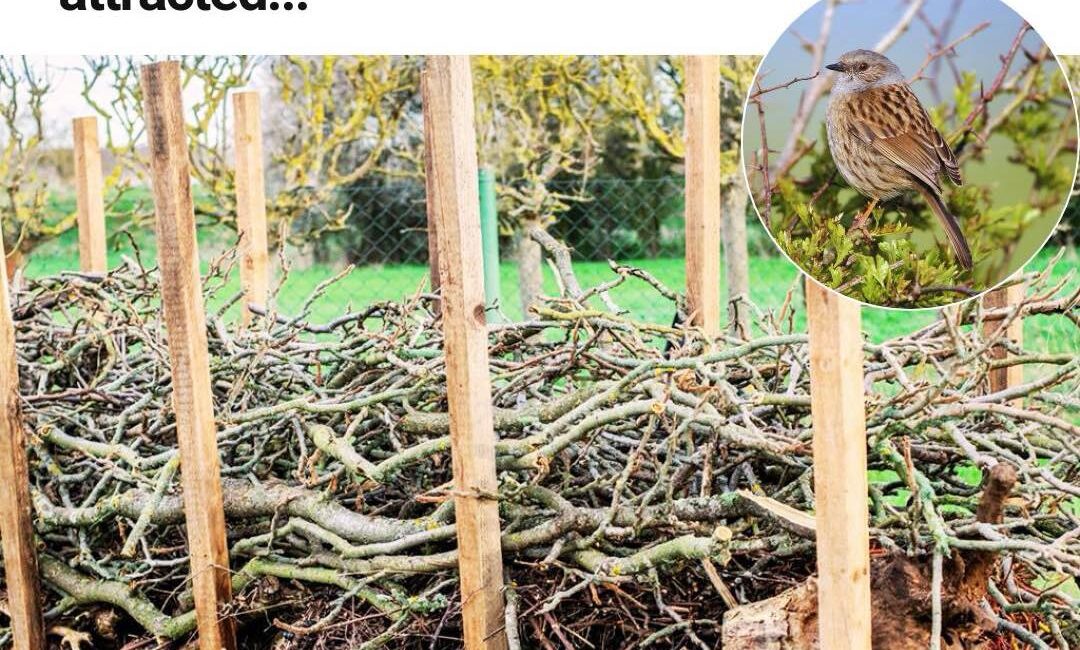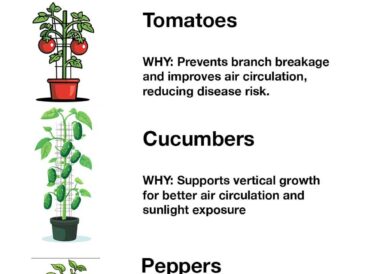Imagine stepping into your garden at dusk and spotting a small, spiny creature snuffling through the undergrowth. With their round bodies, twitching noses, and curious eyes, hedgehogs are some of the most endearing mammals in the UK and Europe, and they bring far more than charm. They’re nature’s pest control units, consuming vast numbers of slugs, caterpillars, beetles, and other invertebrates that commonly wreak havoc on vegetables, flowers, and lawns.
Yet, despite their value, hedgehogs are in trouble. Populations have been declining rapidly due to habitat fragmentation, road traffic, pesticide use, and urban development. Thankfully, gardeners and homeowners can play a vital role in reversing this decline. By turning our gardens into hedgehog-friendly habitats, we not only help save a beloved species but also create more vibrant, biodiverse, and sustainable green spaces.
This article provides a thorough guide on why hedgehogs are essential, what they need to thrive, and how you can transform your garden into a sanctuary that supports their survival and success.
🦔 Why Hedgehogs Are Garden Guardians
Natural Pest Control
Hedgehogs are primarily insectivorous, meaning their diet largely consists of small invertebrates. A typical hedgehog’s nightly diet may include:
- Slugs and snails
- Beetles
- Caterpillars and grubs
- Earwigs
- Millipedes
- Worms
- Ants
- Spiders
They may also consume frogs, bird eggs (rarely), fungi, berries, and even carrion when other food is scarce. One hedgehog can consume up to 200 grams of food in a single night, making them incredibly efficient pest controllers. This natural pest regulation is especially important in organic gardening, where chemical pesticides are avoided.
Vital to Ecosystem Health
Hedgehogs are also important indicators of ecosystem health. Their presence signifies a rich, insect-filled environment, which benefits birds, amphibians, and reptiles too. Hedgehogs form part of the broader food web and help maintain the delicate balance between predator and prey.
📉 The Plight of the Hedgehog: Why They Need Our Help
Hedgehogs were once a common sight across much of Europe and the UK, but their numbers have plummeted. In Britain alone, it’s estimated that the hedgehog population has declined by over 50% in rural areas and 30% in urban environments since the year 2000.
Major Threats Include:
- Habitat Loss and Fragmentation
- Urban sprawl, road construction, and intensive farming leave fewer safe spaces for hedgehogs.
- Fences and walls isolate populations, preventing natural movement between feeding and nesting sites.
- Pesticide Use
- Insecticides and slug pellets eliminate the very prey hedgehogs rely on.
- Indirect poisoning can occur when hedgehogs consume contaminated insects.
- Road Traffic
- Hedgehogs are slow-moving and often cross roads at night, leading to frequent fatalities.
- Climate Change
- Altered weather patterns affect hibernation cycles and food availability.
- Garden Hazards
- Open drains, steep-sided ponds, strimmers, bonfires, and uncovered swimming pools all pose threats to curious hedgehogs.
By making our gardens hedgehog-friendly, we create vital refuges in a landscape increasingly hostile to wildlife.
🌱 How to Create a Hedgehog Haven in Your Garden
Transforming your garden into a hedgehog haven doesn’t require a large budget or drastic changes. Rather, it involves small, thoughtful actions that collectively make a big impact.
1. Build or Provide Shelter
Hedgehogs need safe spaces to nest, hibernate, and escape predators.
🛖 Hedgehog Houses
- Purchase a ready-made hedgehog house or build your own using untreated wood.
- Position it in a quiet, shaded corner, ideally under a bush or behind a shed.
- Fill with dry leaves, straw, or hay.
- Secure the roof to prevent predators from disturbing nesting hogs.
🍂 Natural Hideaways
- Create log piles, leaf heaps, and compost corners. These provide both food and shelter.
- Don’t over-tidy—wild areas support both hedgehogs and the invertebrates they feed on.
🛏️ Hibernate-Friendly Spaces
- Hibernation starts around October or November and lasts until March or April.
- Make sure shelter is dry and undisturbed. Moisture, noise, or frequent access can be fatal during hibernation.
2. Open Access Points: The Hedgehog Highway
One of the greatest challenges hedgehogs face in urban settings is getting from garden to garden.
🕳️ Create Hedgehog Holes
- Cut small openings (13cm x 13cm) at the base of fences, walls, or gates.
- Coordinate with neighbors to create a network of linked gardens.
- Label your hole with a small “hedgehog highway” sign to raise awareness.
Fun Fact: A hedgehog may travel over 2 kilometers in a single night searching for food and mates.
3. Offer Food and Water
While natural foraging is ideal, supplementary feeding is especially helpful in spring and autumn or during dry spells.
✅ What to Feed
- Meat-based wet or dry cat/dog food
- Specialist hedgehog food
- Cooked, plain chicken
- Mealworms, sunflower hearts, or unsalted crushed nuts (in moderation)
❌ What Not to Feed
- Milk – Causes diarrhoea and dehydration.
- Bread – Fills them up with no nutritional benefit.
- Fish-based pet food – Harder to digest.
🥣 Water Access
- Provide shallow, stable dishes of water.
- Clean and refill daily.
- Place in multiple garden locations.
4. Avoid Harmful Chemicals and Garden Hazards
🚫 Ban Slug Pellets and Pesticides
- These kill not just pests, but the entire food web.
- Use natural deterrents: crushed eggshells, copper rings, nematodes, and beer traps.
🧹 Strimmers and Mowers
- Always check for hedgehogs before using machinery.
- Strimmer injuries are a leading cause of hedgehog hospital admissions.
🔥 Bonfires and Compost
- Always check for hedgehogs before lighting.
- Build bonfires on the day they’re to be used to prevent accidental nesting.
🚿 Cover Ponds and Drains
- Install escape ramps or gently sloped edges.
- Cover drains with mesh to prevent falls.
5. Plant a Hedgehog-Friendly Garden
A healthy garden should be buzzing with life.
🌼 Choose Native Plants
- Native plants support a richer insect population.
- Include flowering herbs, shrubs, fruit trees, and wildflowers.
🌾 Let it Grow Wild
- Allow grass to grow tall in patches.
- Avoid mowing areas where hedgehogs may be nesting.
🍃 Leave Leaf Litter
- Excellent for attracting insects and creating foraging grounds.
- Leafy areas double as nesting material.
6. Add Wildlife Features
Hedgehogs benefit from features designed for broader biodiversity.
🌊 Garden Ponds
- Ensure at least one side has a gentle slope or add escape ramps.
- Ponds attract frogs, insects, and birds, supporting the garden food web.
🐞 Bug Hotels
- Build bug hotels using hollow stems, wood, pinecones, and bark.
- Attract beetles, ants, centipedes—perfect hedgehog snacks!
7. Get Involved in Conservation and Education
🧠 Learn and Share
- Talk to friends, schools, and neighbors about hedgehogs.
- Distribute flyers or host workshops.
🧑🤝🧑 Community Projects
- Join or start a local Hedgehog Street initiative.
- Collaborate with councils to promote wildlife-friendly urban planning.
📲 Use Technology
- Track hedgehog sightings on apps like Big Hedgehog Map.
- Install motion-sensitive cameras to monitor garden visitors.
📅 Seasonal Garden Calendar for Hedgehog Support
| Season | Actions to Take |
|---|---|
| Spring | Set out food and water. Check for hibernation wake-ups. Inspect shelters gently. |
| Summer | Offer water during dry spells. Leave out food for nursing mothers. Mow carefully. |
| Autumn | Build up fat stores with extra feeding. Prepare shelters. Avoid garden “clean-ups.” |
| Winter | Let hedgehogs hibernate undisturbed. Avoid disturbing leaf piles or shelters. |
🧾 Final Thoughts: Turning Your Garden into a Wildlife Refuge
A hedgehog-friendly garden is more than just a sanctuary for one species—it’s a cornerstone of a healthier, more biodiverse environment. With just a few simple changes, you can support hedgehogs and contribute to the wider movement of wildlife-friendly gardening.
So whether you’re an experienced horticulturalist or a beginner with a balcony, remember: every action counts. Hedgehogs may be small, but your efforts to help them can make a huge difference—for your garden, for your local environment, and for the natural world.




